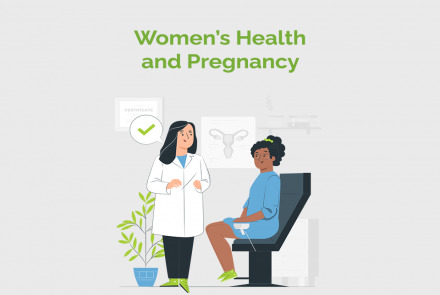Conception, Pregnancy complications, Endometriosis, Menopause, Uterine Fibroids, PCOS, women specific issues in common conditions like Urinary Tract Infection, Heart diseases, Stroke, Kidney Disease and more

Conception, Pregnancy complications, Endometriosis, Menopause, Uterine Fibroids, PCOS, women specific issues in common conditions like Urinary Tract Infection, Heart diseases, Stroke, Kidney Disease and more